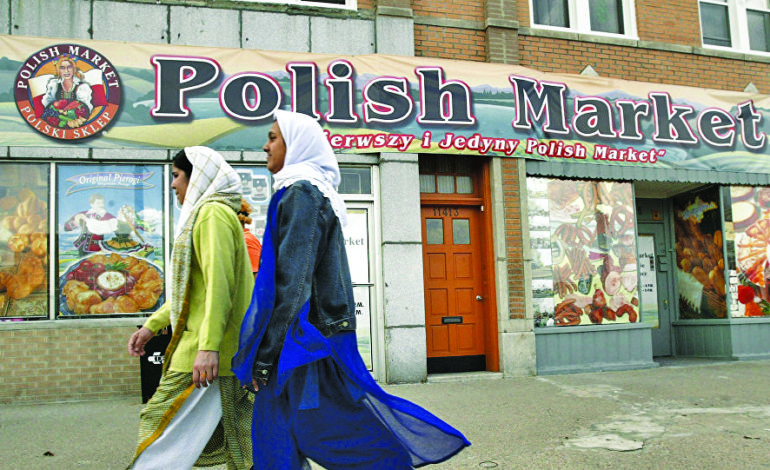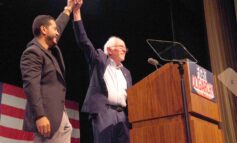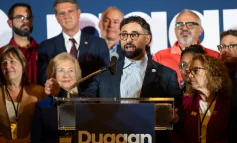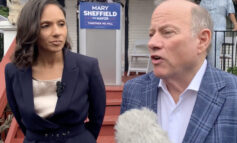HAMTRAMCK — As Michiganders mull over who to elect or reelect to various government positions, a town with a growing Arab American population is also preparing for the upcoming elections.
Hamtramck is facing shifting demographics, reflecting that of its neighbors, Dearborn and Dearborn Heights. It’s also where an unprecedented number of candidates for city positions are Arab Americans and where a high concentration of that community resides.
Hamtramck elected the country’s first Muslim-majority City Council in Nov. 2015, but this year more Arab Americans are vying for seats on the Council than in previous election years.
Of the 10 candidates vying for thee available council seats, three are Arab Americans: Mohammad Al-Somiri, Akil Al-Halemi and Fadel Almarsoumi.
Al-Somiri has been a Hamtramck business owner since 2007. His campaign page states that high taxes and obvious differences in aesthetics and sanitary services between Hamtramck and neighboring cities made him want to run.
Al-Halemi’s campaign states he has been a teacher and activist in Hamtramck since 2007. In addition to community policing and safety, Al-Halemi is seeking to raise awareness about the importance of education among youth, strength the school system and encourage businesses to open up in Hamtramck.
Almarsoumi’s campaign says he is an IT specialist and worked at a financial planning company. As someone who grew up in Hamtramck, Almarsoumi states he wants to give back to his community and unite people. He wants to set achievable goals and negotiate middle grounds on matters that impact all residents.
Three Bengali American Muslims are also running for the council.
Four candidates have thrown their hats into the mayoral race, including incumbent Mayor Karen Majewski, Cathie Gordon, Asm Rahman and Councilman Mohammed Hassan.
Changing city, same leadership
Saad Almasmari, the only Arab American who sits on the Council, told The AANews the political interest is encouraging, but Hamtramck has a long way to go to reflect fair representation in the city.
Hamtramck looks significantly different today than it did in the early 1900s, when German and Polish immigrants flooded into the newly established city. Even until 1970, 90 percent the city’s population was Polish, according to the 2010 U.S. Census.
Within almost three decades, the Polish population has declined to about 12 percent of residents.
Almasmari said Yemeni Americans comprise almost 30 percent of Hamtramck residents.
Bengalis make up about 23 percent of the population and African Americans 17 percent. Muslims comprise about 63 percent, Almasmari added.
Although Yemeni Americans are the majority and the key to Hamtramck’s economic success, about 85 percent of them do not vote, Almasmari said.
“One person can’t do the job,” he said, adding that no other Arab Americas work in the Hamtramck government administration. One Bengali Muslim works in City Hall.
He urged the Arab American candidates to present a clear plan for voters and to work hard at campaigning.
Waleed Nasser, who moved to Hamtramck from Yemen in 2000, said he wishes there was one candidate to unify the Arab American vote.
But if he could meet the candidates, Nasser told The AANews he would ask them to address deeply-rooted issues that often set the community back.
He said Yemeni Americans strive to succeed in their communities, but an insufficient emphasis on education and social assimilation hinders economic and political growth.
“Let’s be more mindful of people who are watching us,” he said.
Nasser said many newly immigrated Yemeni Americans are ready to work, but require direction. He suggested that city officials work to establish programs that help families learn English and skilled trades and educate youth about the dangers of drugs.
Nasser said he had to do his own research about obtaining a GED and wished it was easier for others to know how to get one and move along the education system.
He and many in the communities also wish to see improved sanitary and blight removal services, he added.
“In the end, these programs will improve lives, improve incomes and that will reflect in our neighborhoods,” he said.






Leave a Reply